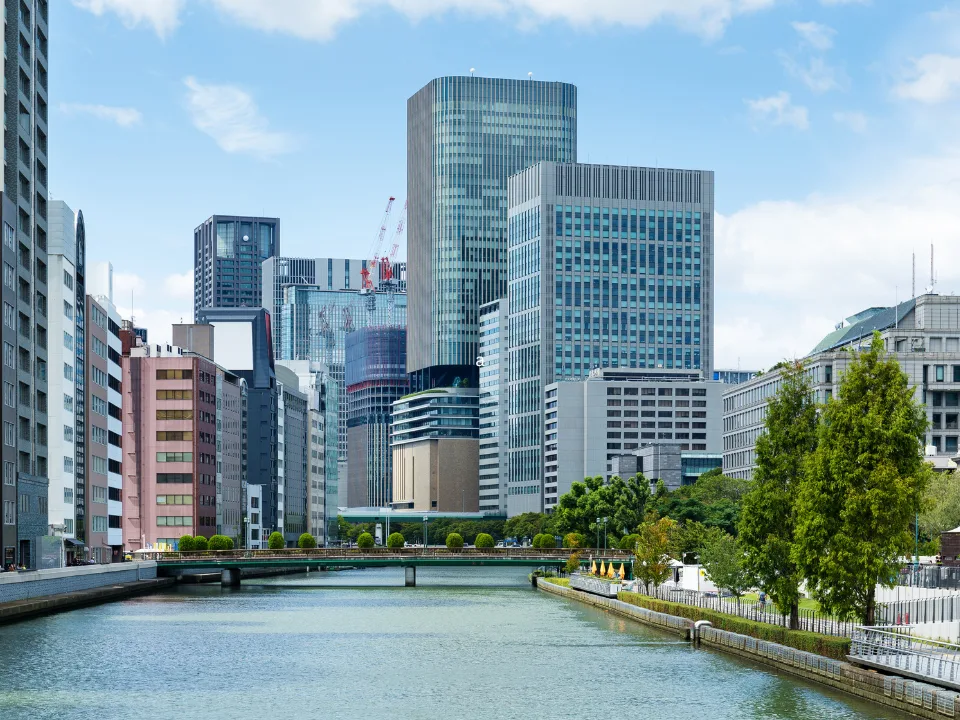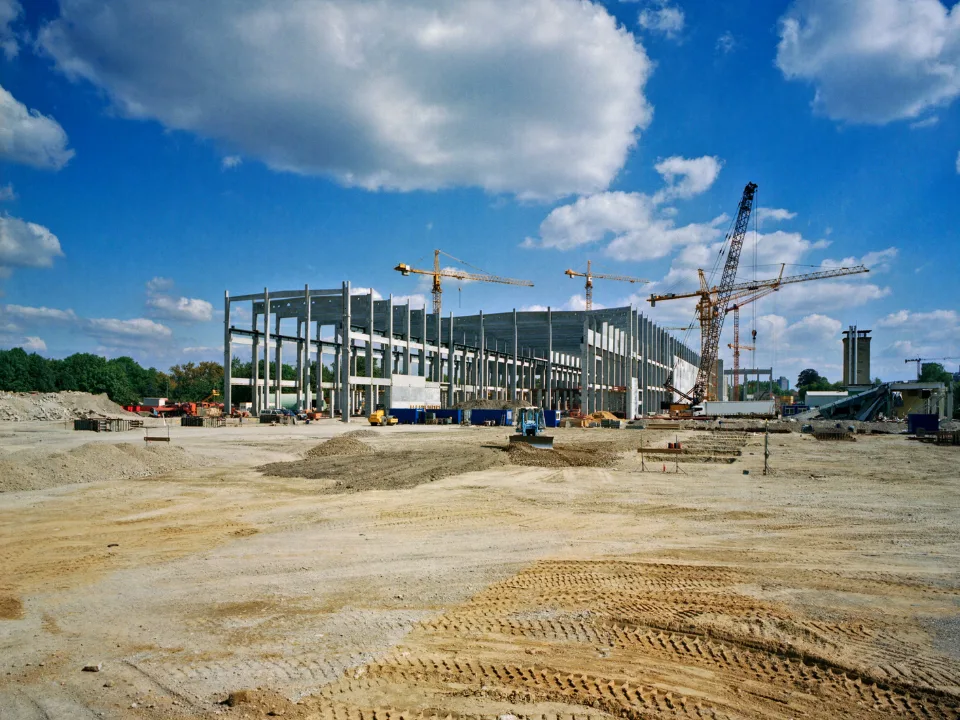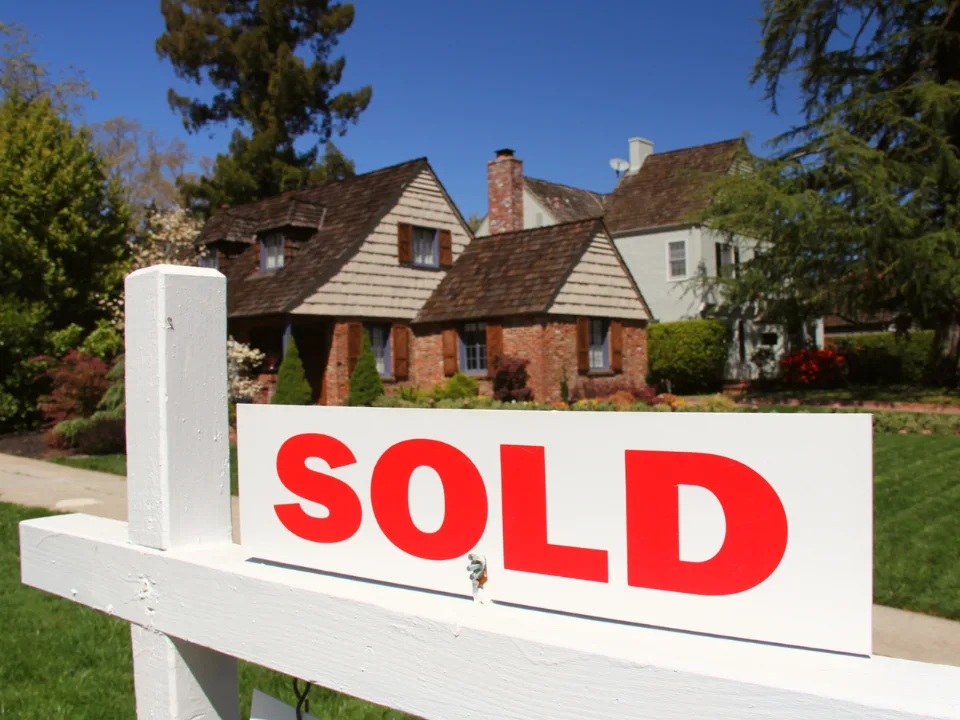- High-dollar office deals are rebounding. Single-asset office sales over $100M have surged nearly 50% year-over-year, signaling confidence in high-quality office investments.
- Premium assets are in short supply. Demand for top-tier office space is outpacing availability, driving bidding wars and investor competition.
- Market bifurcation is deepening. A growing divide between high-performing “have” buildings and obsolete “have-not” properties is reshaping both leasing and investment behavior.
A Market In Motion
US office investors are back in action, and they’re moving quickly. In just the first four months of 2025, large-scale office deals over $100M have nearly doubled from the same period in 2024, reports GlobeSt. This sharp uptick signals renewed investor appetite and a belief that the worst may be over for the beleaguered sector.
Mike McDonald, JLL’s senior managing director, says it’s a unique moment in time. “We’re seeing more capital seeking high-quality office buildings than there are buildings available,” he notes. Arbitrage opportunities—where cap rates remain high but risk is diminishing—are luring buyers eager to get ahead of a market normalization.
The Quality Divide
JLL’s pivot from traditional “Class A/B/C” designations to a new tiered quality system underscores a widening gap in the market. High-performing assets in key markets are thriving, while low-tier “zombie buildings” face likely demolition or repurposing. McDonald estimates 35% of existing US office stock is functionally obsolete.
For top-tier properties, tenant demand, rent growth, and leasing activity remain strong. These trends are accelerating liquidity for premium assets and driving investor confidence.
Get Smarter about what matters in CRE
Stay ahead of trends in commercial real estate with CRE Daily – the free newsletter delivering everything you need to start your day in just 5-minutes
Signs Of Stability
Office delinquency rates are starting to decline, falling from 11% in December 2024 to 9.8% in April 2025. Meanwhile, although only 12% of office properties have traded at post-pandemic reset values, that number is climbing—and each deal helps recalibrate pricing and investor sentiment.
Positive shifts are already visible in key metros like New York, where investor interest turned upbeat seemingly overnight. Bidding pools for large office properties are up 65% year-over-year, and global capital—from the Middle East, Asia, and private US funds—is flowing in.
Scarcity Drives The Thesis
With just 6M SF of new office space set to deliver in 2026—down 90% from the post-GFC annual average—and a wave of demolitions looming, scarcity is set to define the market for quality assets. “In 2030, we’re not going to have enough of the right office buildings in the country,” McDonald says.
Remote work concerns are fading as most companies settle into 3–4 day in-office schedules. “The rebalancing is done,” says McDonald, signaling confidence in the long-term stability of office demand.
Outlook
Investor sentiment is shifting from cautious to confident. McDonald, who re-entered the market after a non-compete and met with over 200 investors worldwide, believes the sector is poised for a renaissance. “More money will be made in the office sector in the next five years than in any other,” he says, contrasting its current discount with the overheated pricing in logistics and multifamily.
With a shrinking inventory of high-quality buildings and abundant capital ready to deploy, the time to act may be now. As McDonald puts it, “The water is warm—jump in and enjoy.”

















